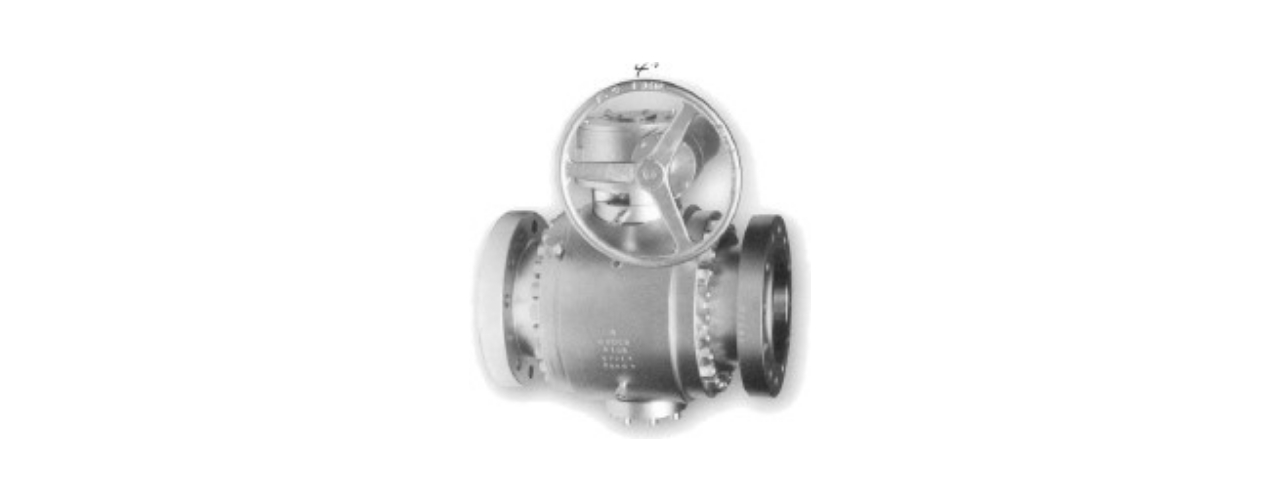- Contact Us
- Call Us
- Menu

Industrial ball valves are among the most cost-effective and most widely used type of industrial valve. A ball valve is a quarter-turn rotational motion valve, that uses a ball shaped disk to stop or start flow thorough the valve. When ball valve is opened, the ball rotates such that the hole through the ball is in line with the valve body inlet and outlet. If the valve is closed, the ball is rotated so that the hole is perpendicular to the flow openings of the valve body and the flow is stopped.
The basic design of a ball valve is similar to that of a plug valve. Instead of a plug though, a ball valve uses a spherical ball sandwiched between two sealing rings in a the valve body. This ball has a hole to allow the fluid to flow through. When the valve is closed, isolation is provided by the sealing rings and the solid side of the ball.
Ball valves are manufactured in different body configurations and the most common are:
Generally ball valves are produced with soft, non-metallic seats. PTFE, graphite, glass are some of the common materials used for this purpose. Metallic sealing rings are preferred for high pressure, high temperature applications.
The following are some typical applications of ball valves:
Advantages of ball valves:
Ball valves provide a very good leak-tight service. They can be quickly opened or closed, with low torque requirements. They are smaller and lighter compared to other valves for isolation. Soft seated ball valves can be used for clean applications whereas metallic seated valves can be used for slurry applications. Ball valve design is flexible with several varieties. Multiport ball valves offer special design options that are not possible with other valves.